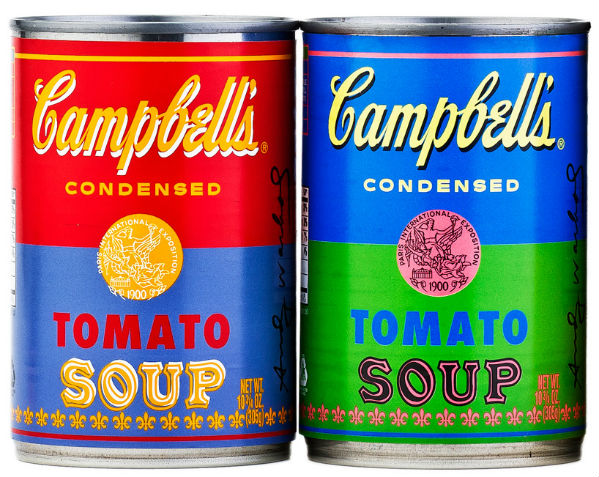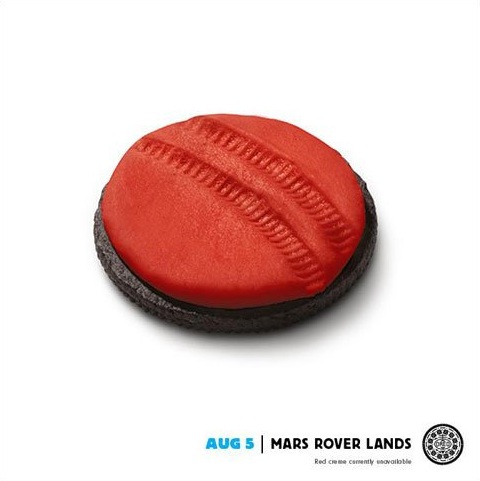There were a couple of things shared last week that just made a full circle, like a triangulation that zeroed in on an often discussed matter in advertising (and brand management). That of brands being a bit like humans. Or not. Having POVs on issues, showing humor or not, being in the know and so on. Complex like humans. But let’s not get too deep into that.
Absolute Vodka
Absolute Vodka, with their artistic heritage, doing their view on what’s available to us all; more possibilities than ever to communicate and express our individuality. Less and less must conform to furmulas, more styles are in-style at the same time than ever before. You are never more than a couple of keystrokes or swipes away from your “cultural peer groups” wherever they may be in the world. Individuality and uniqueness for everyone.
Campbell Soup
At first, Campbell opposed the Warhol artwork but thought again. Today, they’re recognizing that the Warhol artwork evokes so much more than a can of soup and welcome being part of pop art history by working with the Warhol Foundation to celebrate the 50 year anniversary. One can only hope they build on that and keep going beyond that, seen as it’s basically a boring ol’ can.
Oreo Cookies
Brilliant ads with this little cookie as canvas.
“Oreo turns out to be really respiratory. When it celebrates Elvis, the Mars landings, or Bastille Day, it comes alive to the world around it. Playful, even. After all, who celebrates French holidays? And the brand has recently taken on the image of the Liberty Bell, the Dark Knight, and the Delta Aquarid Meteor Shower.”
“It comes alive to the world”, what a fitting way to express it. Brands who look outside their immediate self, recognising and tapping into the world around us.
As there is usually a long time-lag between an advertising exposure and the actual act of purchase, effective advertising requires long-term memory (Ehrenberg et al. 1997, p.9). This associations in long-term memory are built on the one hand by repetition and on the other hand through all kinds of other brand exposures, such as WOM, brand usage, POS or even recalling memories. Once associations are stored in the long-term memory, they are hardly ever completely forgotten. As people build highly individualized memory-structures, “[p]ublicizing a brand is [.] about what consumers do with the advertising rather than what advertisements do to consumers […]” (Ehrenberg et al. 1997, p.10). So with long-term memory in mind, advertising’s task is then to find creative ways to publicise the brand, refresh and build new memory traces and “to make the brand distinctive rather than differentiated” (Sharp 2010a, p.353).
http://sophisticated.at/blogs/thomas/2012/09/3-2-1-3-advertising-as-creative-publicity/
Brands can act a bit human in more ways then ever before given social norms soaking the very fabric of most media technologies and platforms for communications. But brands are moved forward by organizations, and those organizations aren’t exactly littered with individuals who understand that we tend to buy more easily from brands who occupy a larger share of our memory. And that those memory structures do not have to be internally worshipped facts about exactly why to buy, and instead be thrilled that “…this ‘mere publicity’ perspective might actually be liberating for creatives, as advertising then becomes “making distinctive and memorable publicity for the brand out of next to nothing” (Ehrenberg quote from Thoma’s thesis).



